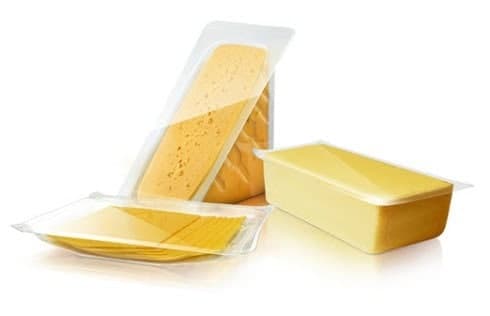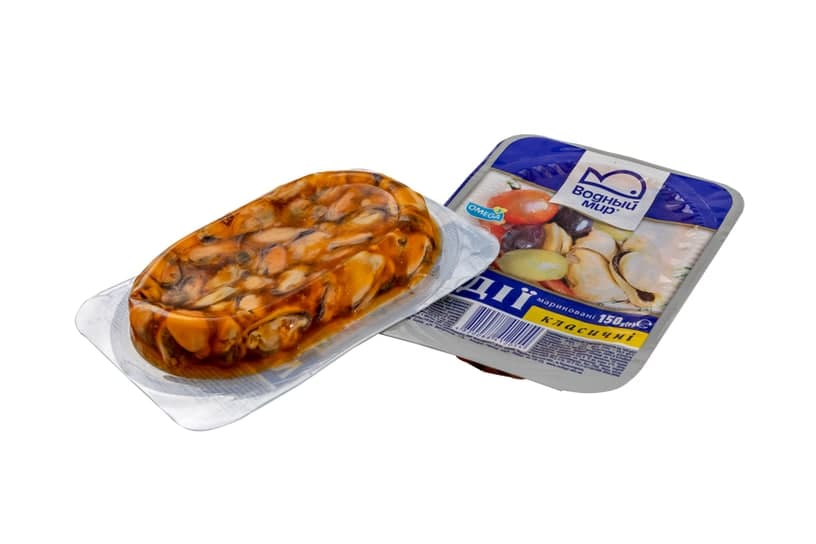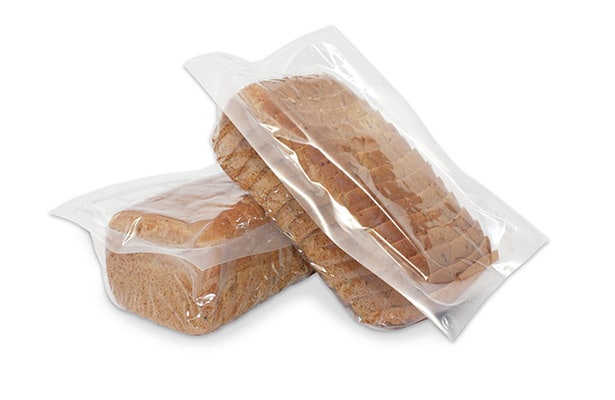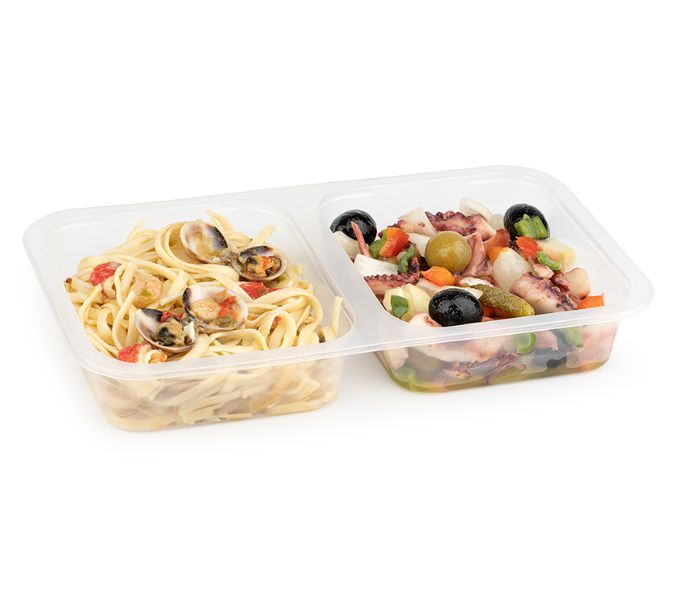Although most of the seafood was sent to retail and institutional markets unpacked, whole or dressed fish and some shellfish were packed in ice and marketed in bulk containers recently the trend is changing more to be packed the seafood with the help of latest packaging innovations and the changing customer demands at a rapid rate.
Seafood packaging is highly important since even in frozen condition, fishery products are among the most perishable of all products. Three biochemical and biological factors contribute to the rapid loss in quality.
The primary factor is bacteria, since fishery products are an excellent nutrient source for bacterial growth. Bacteria convert many natural components into off-odors or off-flavors, and sometimes produce toxic compounds. Second, the lipids in fishery products are highly unsaturated compared to those of other muscle foods and are easily converted into rancid compounds. Third, several digestive and muscle enzymes actively break down muscle proteins, which can result in soft, mushy textures.
The permeability of gases and water through packaging material is determined by its chemical composition. Today, high-barrier films, which may be laminated or coextruded, consist of two or more layers of materials that differ in composition. In this way, several properties such as gas permeability, heat sealing ability and flexibility at cold temperatures can be built into a single film to meet packaging needs.
Cehuma CM Series are quite excellent suit to seafood packaging demands offering both Vacuum and modified atmoshpere packaging. Particularly modified-atmosphere packaging is decreasing the microbial growth and enzymatic degradation therefore increasing the product shelf life. The principal gas used in modified-atmosphere packaging (MAP) is carbon dioxide. However, other gases, such as oxygen, are often added to prevent undesirable color changes.
Several factors influence the antimicrobial effects of carbon dioxide in modified-atmosphere packages. These include the initial microbial load, concentration of gas, temperature and film permeability. To be effective against aerobic spoilage microorganisms, 20-60 percent carbon dioxide is required within the headspace of modified-atmosphere packages.
Our CM Series machines offering automatic vacuum and modified atmosphere packaging for frozen or unfrozen fish, muscles, crabs, schrimps, salmon fillets, fish fillets and the other seafood products












